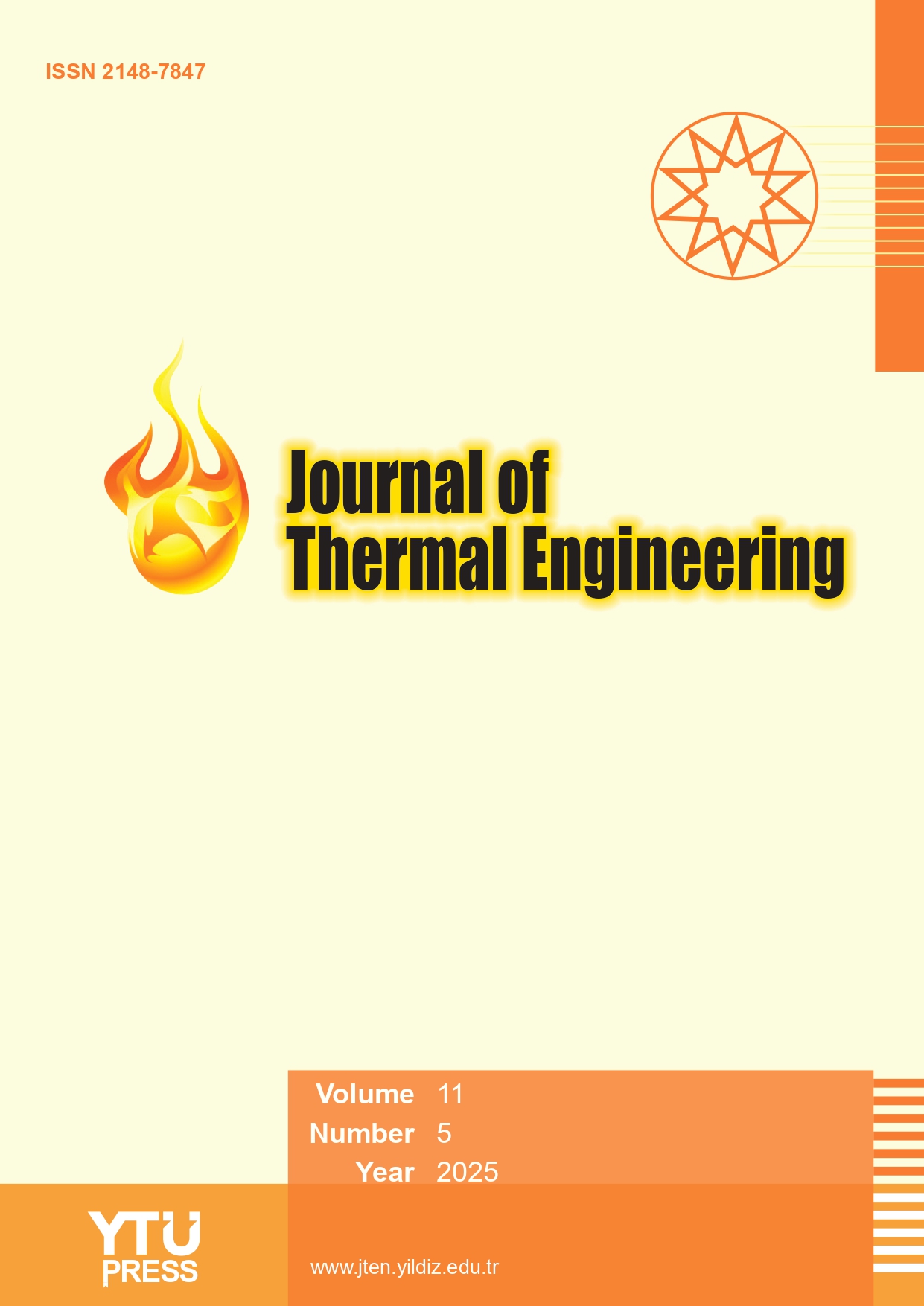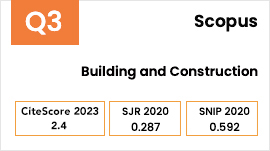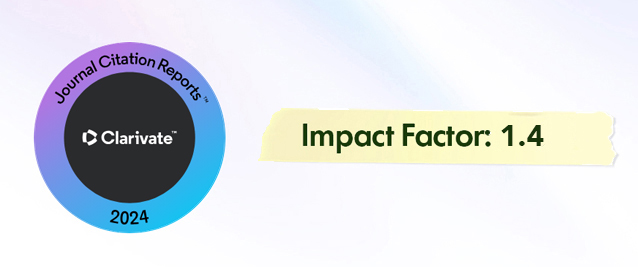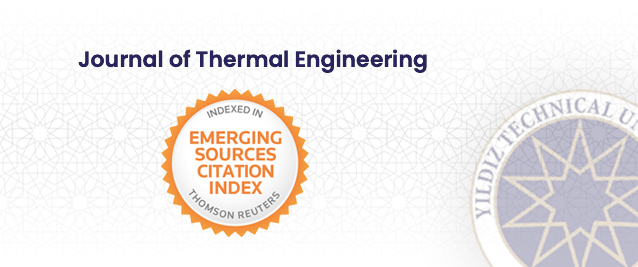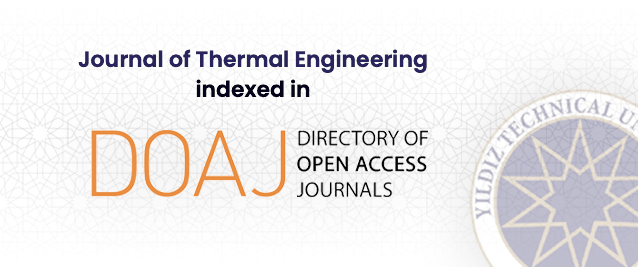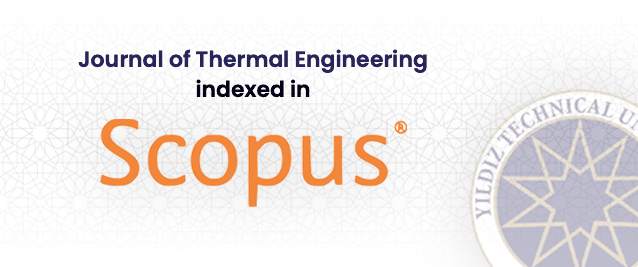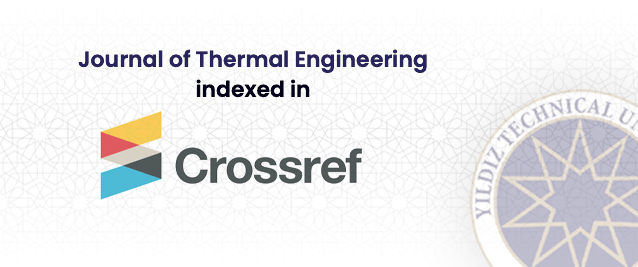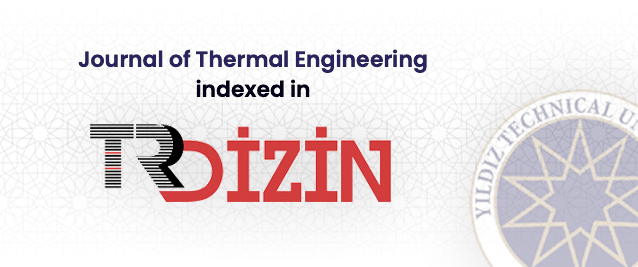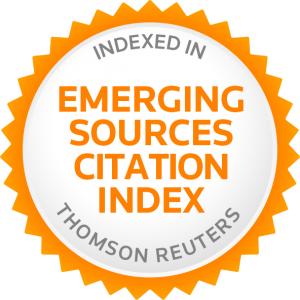Abstract
In this study, novel algorithms approach that forecast the sun's movement more accurately, even in bad weather, and optimize for additional characteristics besides solar tracking. It was investigated through comparative analysis by using standard optimization methods, i.e., the JAYA algorithm, Teaching Learning Based Optimization algorithm, Rao-3 algorithm, Genetic algorithm, and Differential Evolution algorithm for a dual-axis solar tracking of a Photovoltaic system. This dual-axis tracking involves rotation of two-axis, i.e., tilt angles and azimuth angles, to maximize the total available solar radiation at optimized tilt angles and azimuth angles for varying time from sunrise to sunset. The reason for obtaining optimum angles is to align the solar PV panel with the incoming solar radiation to get the maximum output. A non-linear and constrained optimization problem is employed to evaluate the optimum tilt angle and optimum azimuth angle trajectories. As in this case, the objective function is in an explicit form that is not known, the optimization methods are employed to evaluate the objective function, and that method calculates the available total solar radiation tracked and carried out in MATLAB software. The optimization results for the considered algorithms showed that the output electrical energy with the dual-axis tracker is far greater than that of the fixed system. It was found that for summer days, the electrical power generation by different optimization algorithms are as follows: TLBO-16.1713 kWh, JAYA-16.1436 kWh, Rao-3-16.1125 kWh, DE-16.2079 kWh, and GA-16.1969 kWh, and measured fixed system-13.2610 kWh. The obtained results for various optimization algorithms, in comparison to a measured fixed system, demonstrated significant enhancements in power generation.


